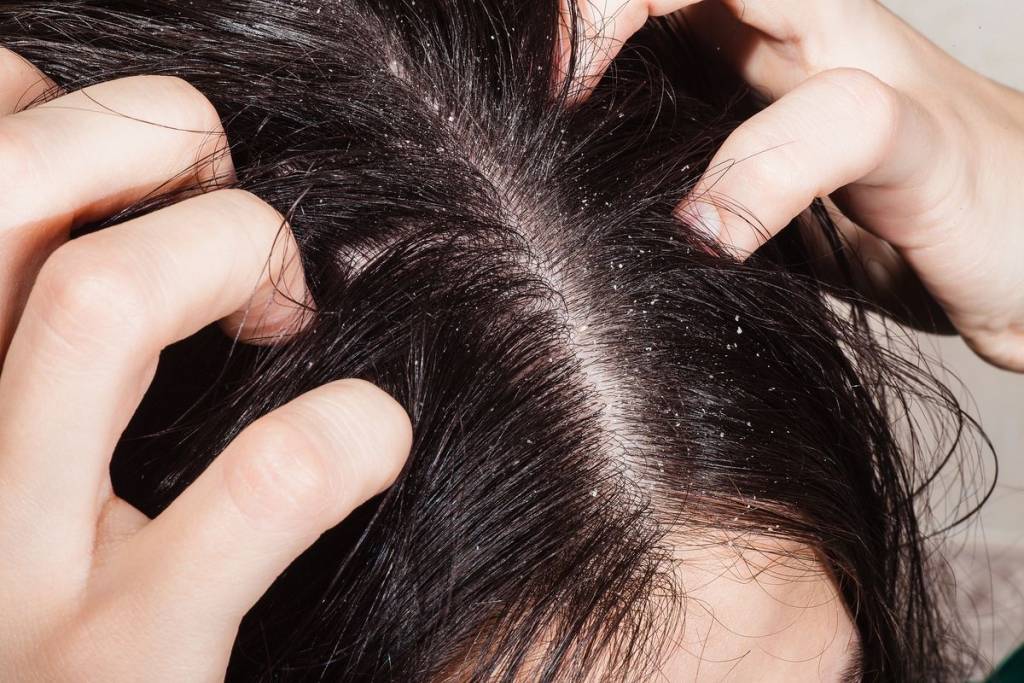Health
Seborrheic dermatitis: what it is, how to recognize it and how to fight it

Seborrheic dermatitis is an inflammation that mainly affects the scalp: let's find out what it looks like, what the possible causes and remedies are.
Seborrheic dermatitis is a fairly common condition that mainly affects the scalp (but not only). Like other variants of dermatitis, this one is characterized by redness and itching caused by an underlying inflammation that can be caused by various problems.
This condition is often confused with dandruff due to their similarity. However, these are two completely different ailments. Today, therefore, we are going to find out how it manifests itself, what are the possible causes and how to fight it .
Seborrheic dermatitis, what does it look like?
Seborrheic dermatitis is caused by a parasitic fungus , Malassezia furfur , which prefers the scalp as it is rich in sebaceous glands . The presence of this parasite causes the skin to become inflamed and irritated . As a result, those suffering from this ailment will feel itchy while the affected area will redden.

Usually, the reddened area is covered with greasy scales , which are actually dead skin cells as a result of the action of the fungus. These have a yellowish color and in some cases they can detach themselves, remaining stuck in the hair. For this reason, seborrheic dermatitis is very similar to dandruff which can be fought with various natural methods ) and which however is more white in colour.
Causes of scalp inflammation
The causes that lead to the development of seborrheic dermatitis are uncertain . This uncertainty is common to all types of dermatitis. However, there are certain factors that are suspected of causing this particular condition.
As stated earlier, this disorder is caused by a parasitic fungus, Malassezia furfur . But what causes this fungus to colonize our scalp? The first suspect lies in hormonal imbalances , which may have been accentuated by a change of season. Other possible causes could also be the use of particular drugs , stress or genetic factors. According to some studies, nickel allergy and other forms of underlying inflammation may also be the cause of the development of this form of dermatitis.
How to cure seborrheic dermatitis
Suffering from seborrheic dermatitis is not pleasant at all. For this reason, many shampoos or hair products have been created containing active ingredients that inhibit the growth and proliferation of the parasite responsible for the disorder.
Under medical advice, it is also possible to take antifungal drugs , which will fight the presence of the fungus in the scalp and with it also dermatitis.
For those who prefer natural products, dandelion, Neem oil and other products capable of reducing inflammation are very useful, while at the same time having an exfoliating action for the skin.
Finally, it is useful to know that to ensure that dermatitis disappears and does not recur, however, it is very important to learn to recognize the cause and try to reduce inflammation in the body. In general, in addition to the treatments suggested, a healthy and balanced diet can make the difference, especially if it lacks foods to which you are allergic or intolerant or to others that are known to inflame the body.
Riproduzione riservata © - WT











